- You need to sign in or sign up before continuing.

Scientists say our perception of time arises from microscopic interactions among particles and cells, but how this actually takes place is still unclear.
Viewed by
You are the first to view
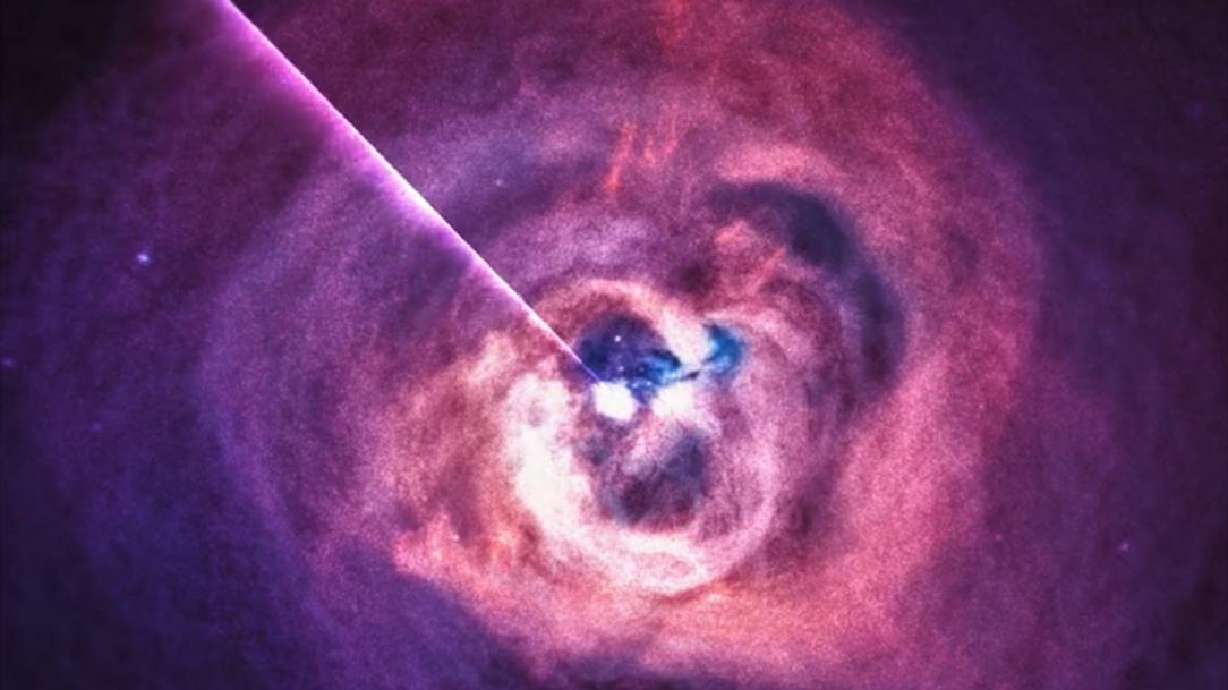
Based on the sounds space makes, I think I'll pass on those space tourism travel plans.
Viewed by
You are the first to view
Scientists discover a mechanism used by insects in the development and regeneration of wings - News-Medical.Net
8/23/22 at 11:12am
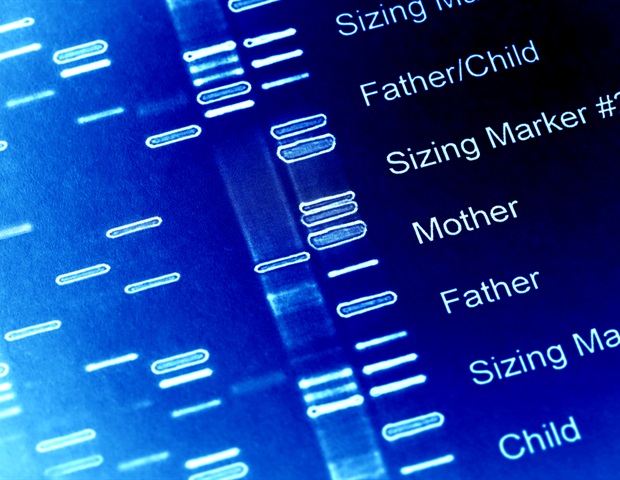
The first mutation of the wingless gene was found by accident in Drosophila in the 1970s, following the observation of flies that did not possess wings, hence its name.
Viewed by
You are the first to view
New space telescope shows Jupiter's auroras, tiny moons - New Zealand Herald
8/23/22 at 11:12am
/cloudfront-ap-southeast-2.images.arcpublishing.com/nzme/JFRUZ77PQ6HVTOHI5J5OW6CEKE.jpg)
The James Webb Space Telescope has captured stunning images of the biggest planet
Viewed by
You are the first to view
NASA rocket launch will test science package for future missions - Phys.org
8/23/22 at 11:12am

NASA will test new science equipment for future missions with a sounding rocket launch August 22 from its Wallops Flight Facility in Virginia.
Viewed by
You are the first to view
Digging deep for dark matter - Phys.org
8/23/22 at 11:12am

It takes around half an hour to get to the Stawell Underground Physics Laboratory. Thirty minutes may not sound like a long time, but that's half an hour spent plunging downwards in a truck as it twists and turns its way deeper into the pitch-black tunnels of…
Viewed by
You are the first to view
The astronaut took a picture of the polar sky - The Times Hub
8/23/22 at 11:12am
Photo: twitter.com/astro_farmerbobPolar sky Polar sky was evicted by a coronal sweep from Sontsya, which triggered geomagnetic storms on the Earth's G2 level. Astronaut Robert Hines
Viewed by
You are the first to view
Lessons from natural photosynthesis: Conversion of CO2 to raw materials for plastic - Science Daily
8/23/22 at 11:12am
Researchers have successfully synthesized fumarate (fumaric acid), a raw material for unsaturated polyester resin, by combining carbon dioxide (CO2) with pyruvate (derived from biomass), using two biocatalysts: malate dehydrogenase and fumarase. Fumarate is c…
Viewed by
You are the first to view
Early lacewings: Larvae with extremely inflated trunks, fossilized in amber - Science Daily
8/23/22 at 11:12am
Larvae with extremely inflated trunks, fossilized in amber, are giving zoologists insights into the evolution and lifestyle of early lacewings.
Viewed by
You are the first to view
Self-interacting dark matter could finally reveal itself - Space.com
8/23/22 at 11:12am
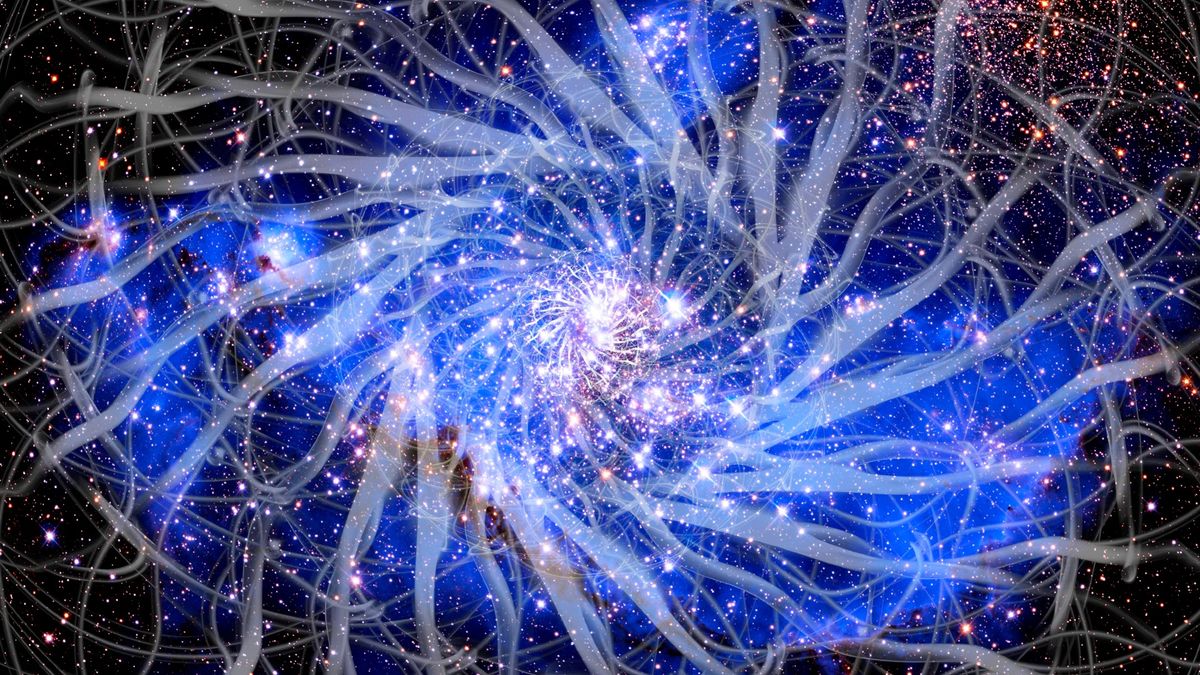
One hypothesis for the nature of dark matter is that some of it could be self-interacting, meaning the individual particles interact slightly with one another.
Viewed by
You are the first to view
Viewed by
You are the first to view
What is EPOC? Experts Explain Post-Exercise Oxygen Consumption - runnersworld.com
8/23/22 at 11:12am

Learn what this means for your body.
Viewed by
You are the first to view
Research team investigates the caterpillar-like bacteria crawling in our mouths - Phys.org
8/23/22 at 11:12am

Likely to survive in the oral cavity, bacteria have evolved to divide along their longitudinal axis without parting from one another. A research team co-led by environmental cell biologist Silvia Bulgheresi from the University of Vienna and microbial genetici…
Viewed by
You are the first to view
A second asteroid may have struck Earth after the one that killed the dinosaurs - Salon
8/23/22 at 11:12am

An astonishing study based on geologic evidence shows evidence of a second rock hitting West Africa
Viewed by
You are the first to view
New space telescope shows Jupiter's auroras, tiny moons - CNA
8/23/22 at 11:12am
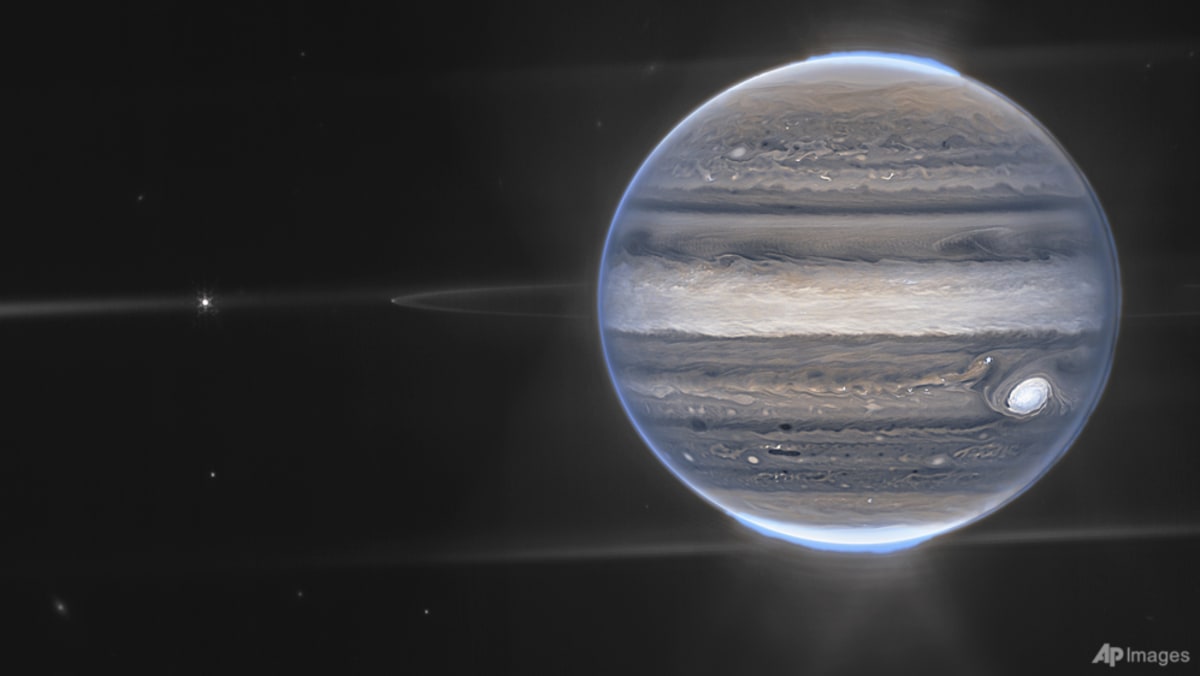
CAPE CANAVERAL, Florida: The world’s newest and biggest space telescope is showing Jupiter as never before, auroras and all. Scientists released the shots on Monday (Aug 22) of the solar system's biggest planet. The James Webb Space Telescope took the photos …
Viewed by
You are the first to view
New Map of Mars Shows Where It Was Once Covered in Water - Gizmodo
8/23/22 at 11:12am
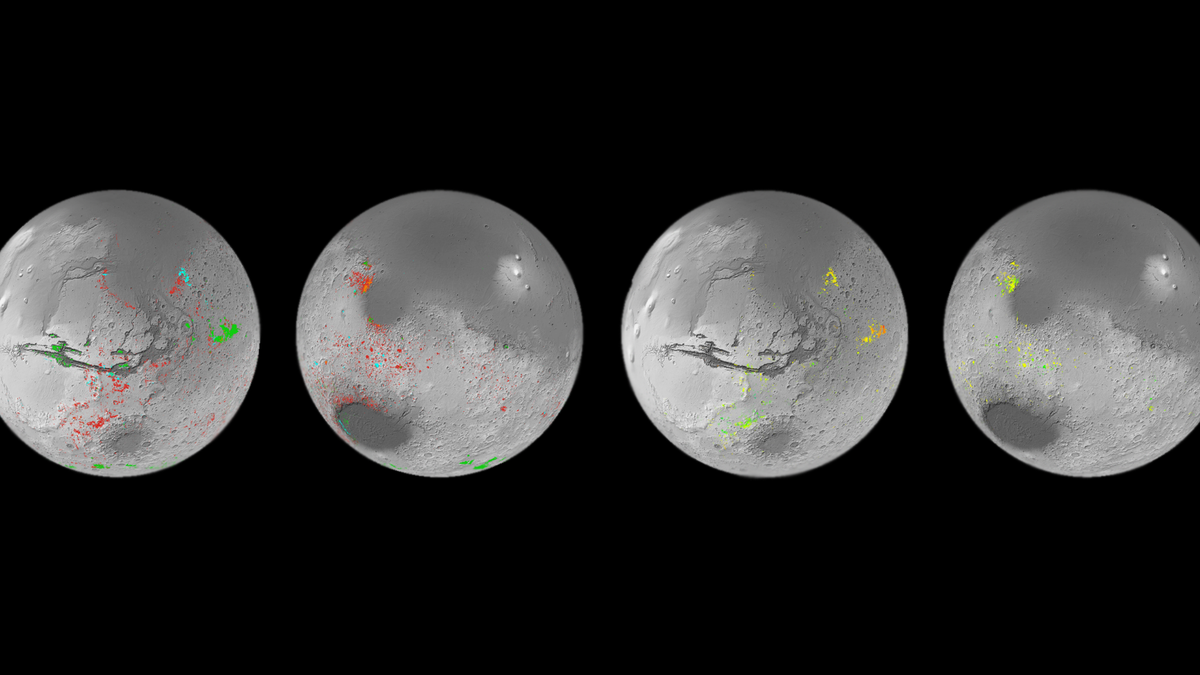
Mars is dry and seemingly lifeless today, but billions of years ago it had lots and lots of water.
Viewed by
You are the first to view
New Map of Mars Shows Where It Was Once Covered in Water - Gizmodo Australia
8/23/22 at 11:12am

The history of water on Mars flows a lot deeper than scientists once believed. A new project has mapped hundreds...
Viewed by
You are the first to view

Climate scientists are banking on a European Space Agency’s satellite to reveal how much of a role forests play within the carbon cycle, as Sky's Tom Clarke ...
Viewed by
You are the first to view
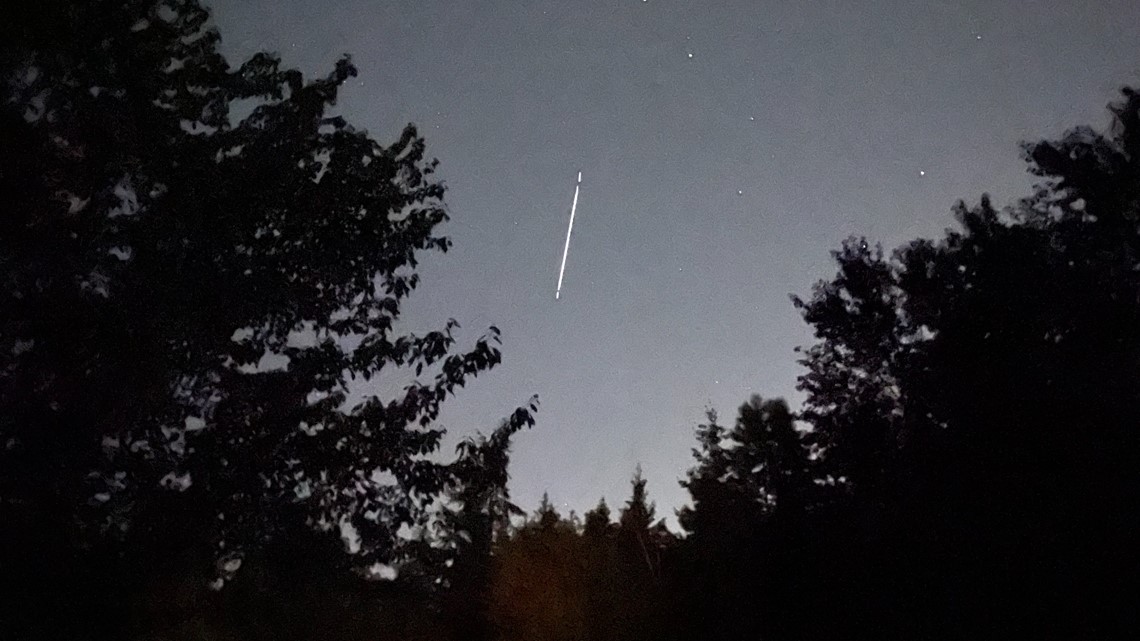
The satellites streaked across the sky Friday and Saturday night. Here's how you can see them on Monday and other nights this week.
Viewed by
You are the first to view
Paleoclimatologist uncovers ancient climate feedback loop that accelerated effects of Earth's last warming episode - Phys.org
8/23/22 at 11:12am

Against the backdrop of a rapidly warming planet, the need to better understand the nature and long-term impact of positive climatic feedback loops—processes that accelerate the effects of warming—becomes critically important.
Viewed by
You are the first to view
NASA's Webb Space Telescope Reveals Shimmering Universe With Its Largest Image Yet - CNET
8/23/22 at 11:12am
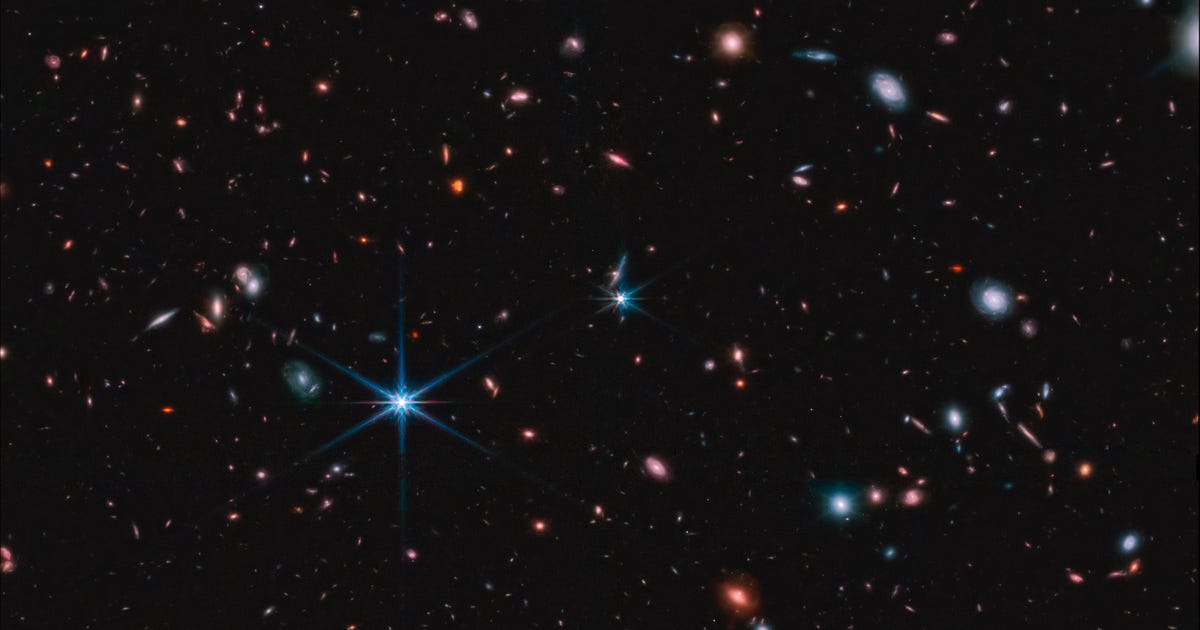
Some of these galaxies might seem familiar, but stare a little longer and you'll find a few new wonders.
Viewed by
You are the first to view
4 billion-year-old chunk of Earth's crust found below Australia - Livescience.com
8/23/22 at 11:12am

The crust has survived massive amounts of upheaval and change.
Viewed by
You are the first to view
Two astrophotographers make insanely detailed moon shot - New York Post
8/23/22 at 11:12am

“The whole thing is assembled like a mosaic, and each tile is made up of thousands of photos,” astrophotographer Andrew McCarthy said.
Viewed by
You are the first to view
Revelations from 17-million-year-old ape teeth could lead to new insights on early human evolution - The Conversation
8/23/22 at 11:12am

Cutting-edge analysis of fossil ape teeth reveals ancient seasonal change in Africa, long before human ancestors appeared. The method will be crucial for the future study of early hominins.
Viewed by
You are the first to view
International Space Station will host a surgical robot in 2024 - Space.com
8/23/22 at 11:12am
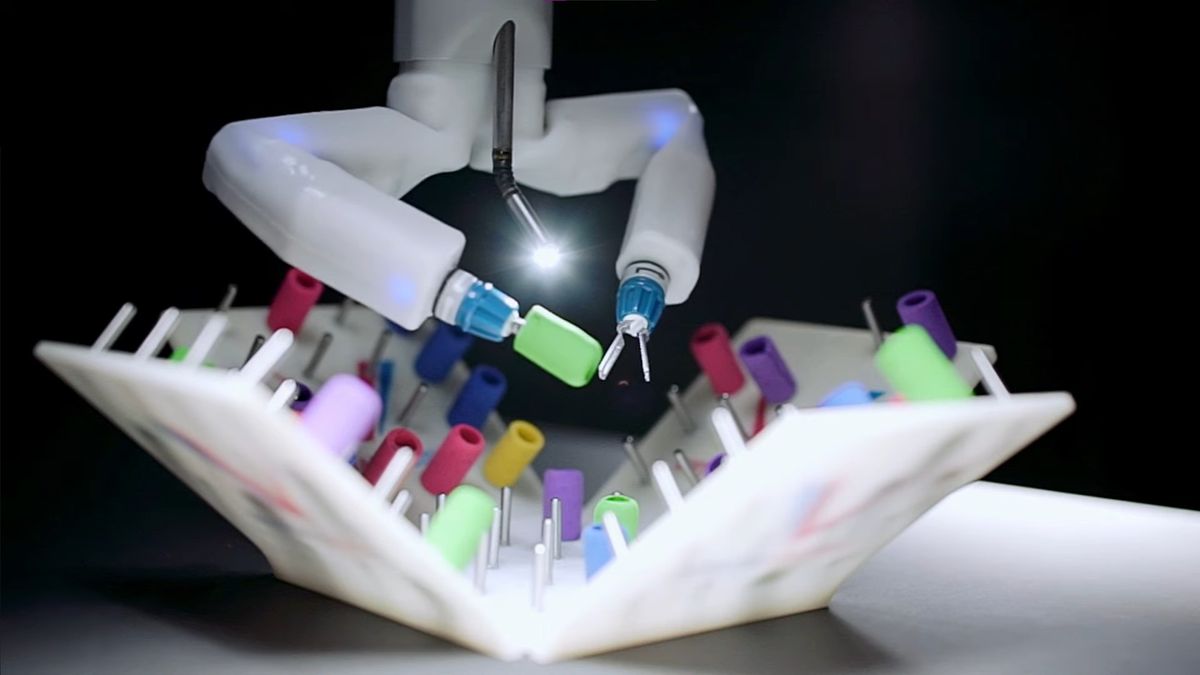
Similar robots could one day conduct remote and autonomous surgery in deep space.
Viewed by
You are the first to view
